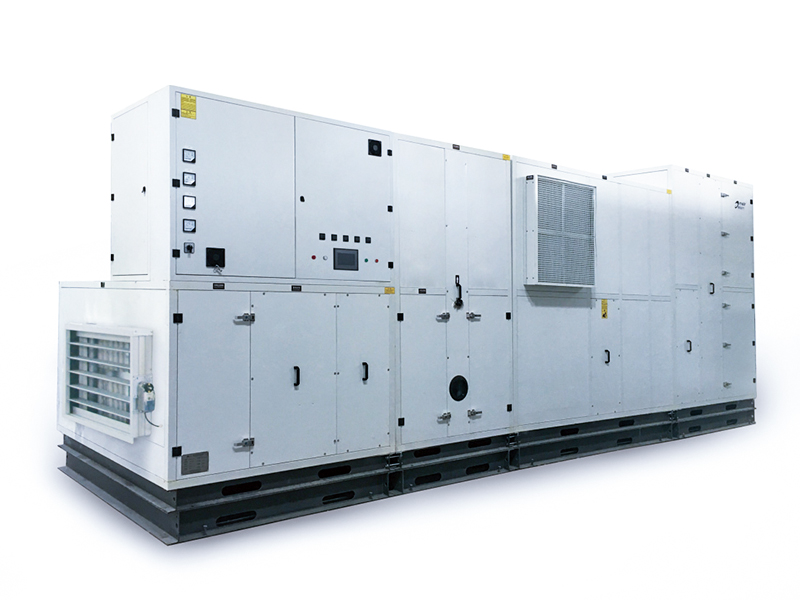Lithium battery drying chambers are specially designed and equipped with safety features to reduce the risk of overheating and other potential hazards. These security features include:
Fire Suppression Systems: Drying rooms are often equipped with advanced fire suppression systems, such as water-based sprinkler systems or detergent suppression systems. These systems can quickly put out a fire or prevent it from spreading.
Temperature and Humidity Control: The drying chamber is equipped with a temperature and humidity control system to maintain optimal conditions. These systems keep temperatures within safe limits, preventing excessive heat and humidity that can damage batteries or cause fires.

Ventilation system: Lithium battery dry rooms are usually equipped with a high-quality ventilation system. Ventilation helps maintain a constant temperature by dissipating heat and removing explosive or toxic gases that may be released in the event of battery failure.
Monitoring system: The drying chamber uses an advanced monitoring system to continuously track temperature, humidity, gas levels and other important parameters. These monitoring systems provide real-time alerts and trigger alarms when parameters exceed preset thresholds.
Alarm and Emergency Shutdown Systems: The drying chamber is equipped with an alarm system that can alert personnel if dangerous conditions such as temperature spikes, smoke or gas leaks are detected. Additionally, they often have emergency shutdown systems that automatically shut down power and isolate the affected area.
Explosion-proof design: Drying chambers are usually built with explosion-proof materials and explosion-proof designs. This minimizes the possibility of flammable gases or vapors being ignited by sparks or flames that could be released in the event of battery failure, thereby reducing the risk of explosion.
Isolation and Containment: Dry rooms may have fire-resistant walls, floors, and ceilings to limit the spread of fire in the event of a fire. They may also be equipped with containment systems to prevent the spread of hazardous materials released in the event of a malfunction.
It is important to note that safety measures may vary based on specific regulations, industry standards and the size of the lithium battery dry room facility.



 English
English 简体中文
简体中文